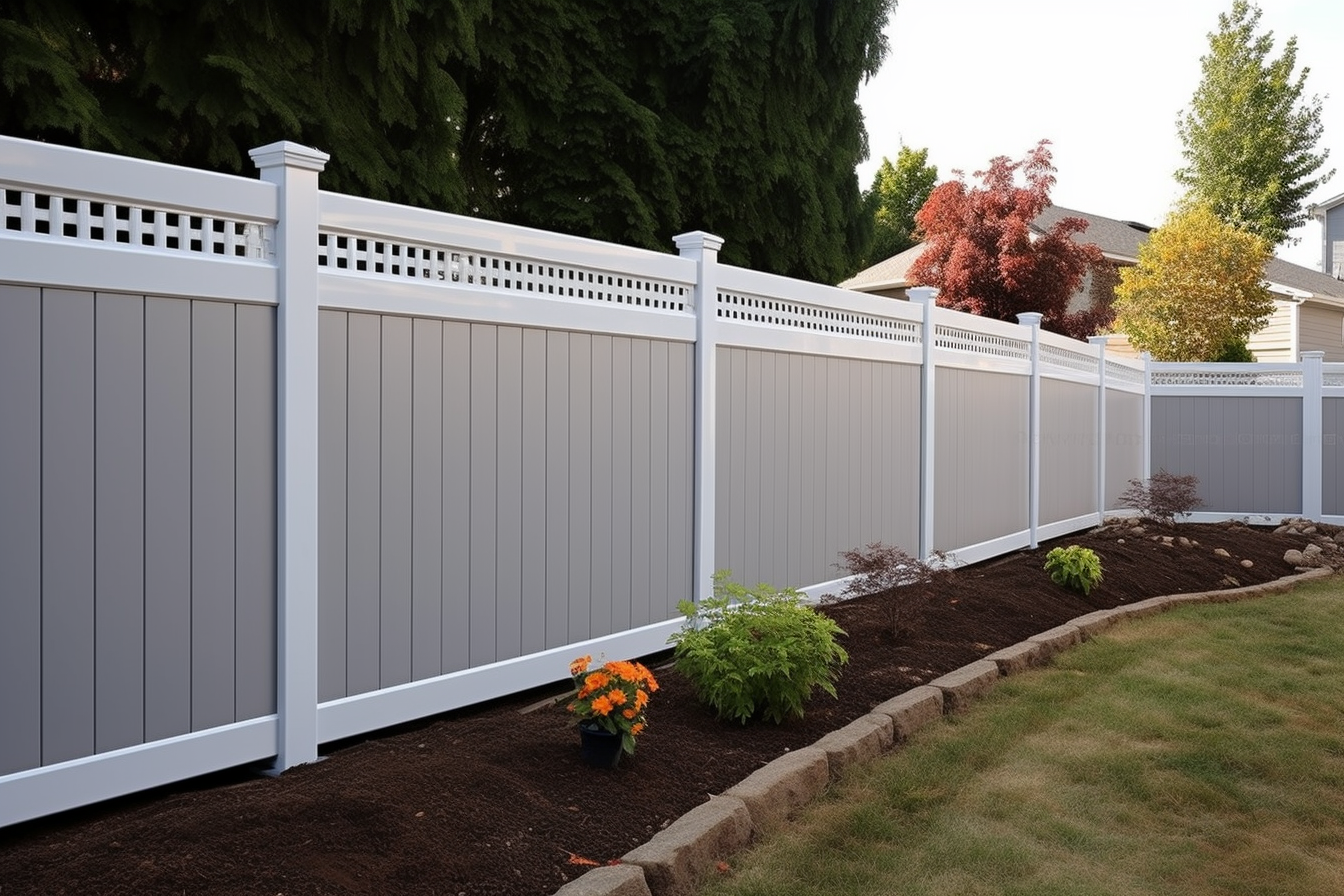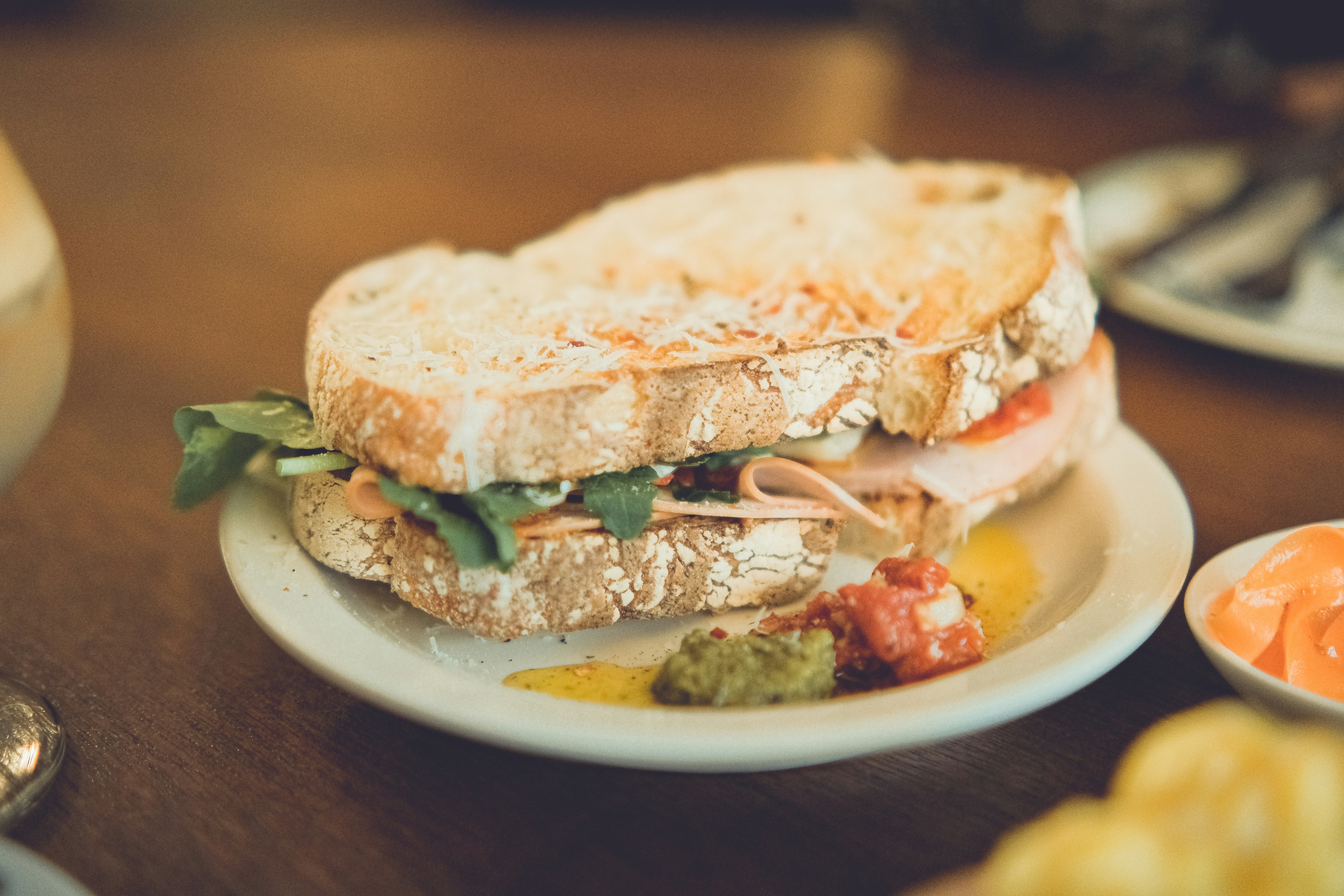Exploring Yards: The Diverse Role and History of Outdoor Spaces
Yard: Understanding the Importance and Variety of Outdoor Spaces The term "yard" holds a multifaceted significance, encompassing everything from the small garden in front of a city townhouse to sprawling suburban lawns. Yards serve various purposes, providing aesthetic appeal, recreational space, and environmental benefits. In this article, we'll delve into what a yard is, its different types, its historical significance, and practical tips for maintenance and design.

What exactly constitutes a yard in modern terms?
A yard is typically defined as an outdoor area surrounding or adjacent to a building, such as a house or office. It can range from a small patch of grass in front of a city townhouse to expansive lawns in suburban neighborhoods. Yards are often divided into different sections based on their location relative to the main structure, each serving unique purposes and contributing to the overall appeal of a property.
How have yards evolved throughout history?
The concept of yards has roots in ancient civilizations, where enclosed outdoor spaces were used for protection, food production, and recreation. In medieval Europe, monasteries maintained intricate gardens for medicinal herbs and contemplation. During the Renaissance, elaborate formal gardens became status symbols for the wealthy. The modern suburban lawn emerged in the 19th century, influenced by English landscape design and the rise of middle-class homeownership.
What are the different types of yards and their functions?
Outdoor oases come in various forms, each with its unique characteristics and purposes:
-
Front Yards: These are the first impression makers, often featuring manicured lawns, decorative plants, and walkways to enhance curb appeal.
-
Backyards: Private retreats for relaxation and recreation, backyards may include patios, swimming pools, or vegetable gardens.
-
Side Yards: Often overlooked, these narrow spaces can be transformed into hidden gems with proper landscaping and design.
-
Courtyards: Enclosed outdoor areas within buildings, popular in urban settings for providing private green spaces.
How do yards contribute to environmental and personal well-being?
Yards play a crucial role in both environmental and personal health. They provide habitats for local wildlife, help reduce air pollution, and contribute to urban cooling. Well-maintained green spaces can increase property values and create a sense of community. On a personal level, spending time in yards has been linked to reduced stress, improved mental health, and increased physical activity.
What are some innovative trends in modern yard design?
Contemporary yard design is evolving to meet changing lifestyles and environmental concerns. Some current trends include:
-
Sustainable landscaping with native plants to reduce water consumption and support local ecosystems.
-
Outdoor living spaces that blur the line between indoor and outdoor areas.
-
Edible landscapes that combine ornamental plants with fruit trees and vegetable gardens.
-
Smart irrigation systems and eco-friendly maintenance practices to reduce resource use.
-
Incorporation of elements like rain gardens and bioswales to manage stormwater runoff.
What are essential yard maintenance tips for homeowners?
Maintaining a beautiful and functional yard requires consistent care. Here are some key tips:
-
Regular mowing: Keep grass at an appropriate height for your specific type of lawn.
-
Proper watering: Water deeply but less frequently to encourage strong root growth.
-
Seasonal clean-up: Remove leaves and debris to prevent lawn damage and pest issues.
-
Soil care: Test soil pH and add appropriate amendments to support plant health.
-
Pruning: Trim trees and shrubs to maintain shape and promote healthy growth.
-
Pest management: Use integrated pest management techniques to control harmful insects and diseases.
By understanding the diverse roles and history of yards, homeowners can better appreciate and care for these valuable outdoor spaces. Whether you have a sprawling suburban lawn or a tiny urban courtyard, your yard offers countless opportunities for relaxation, creativity, and connection with nature.




